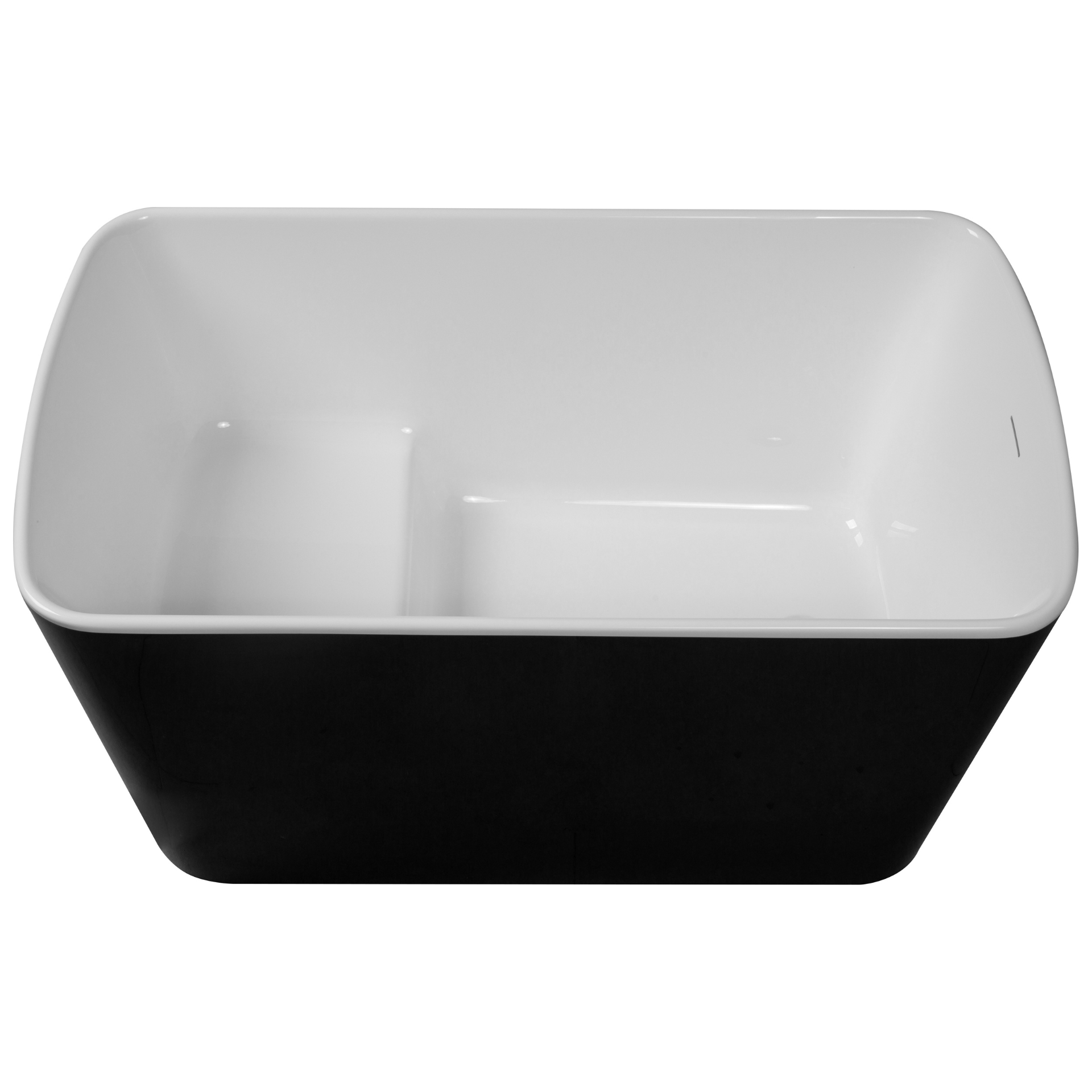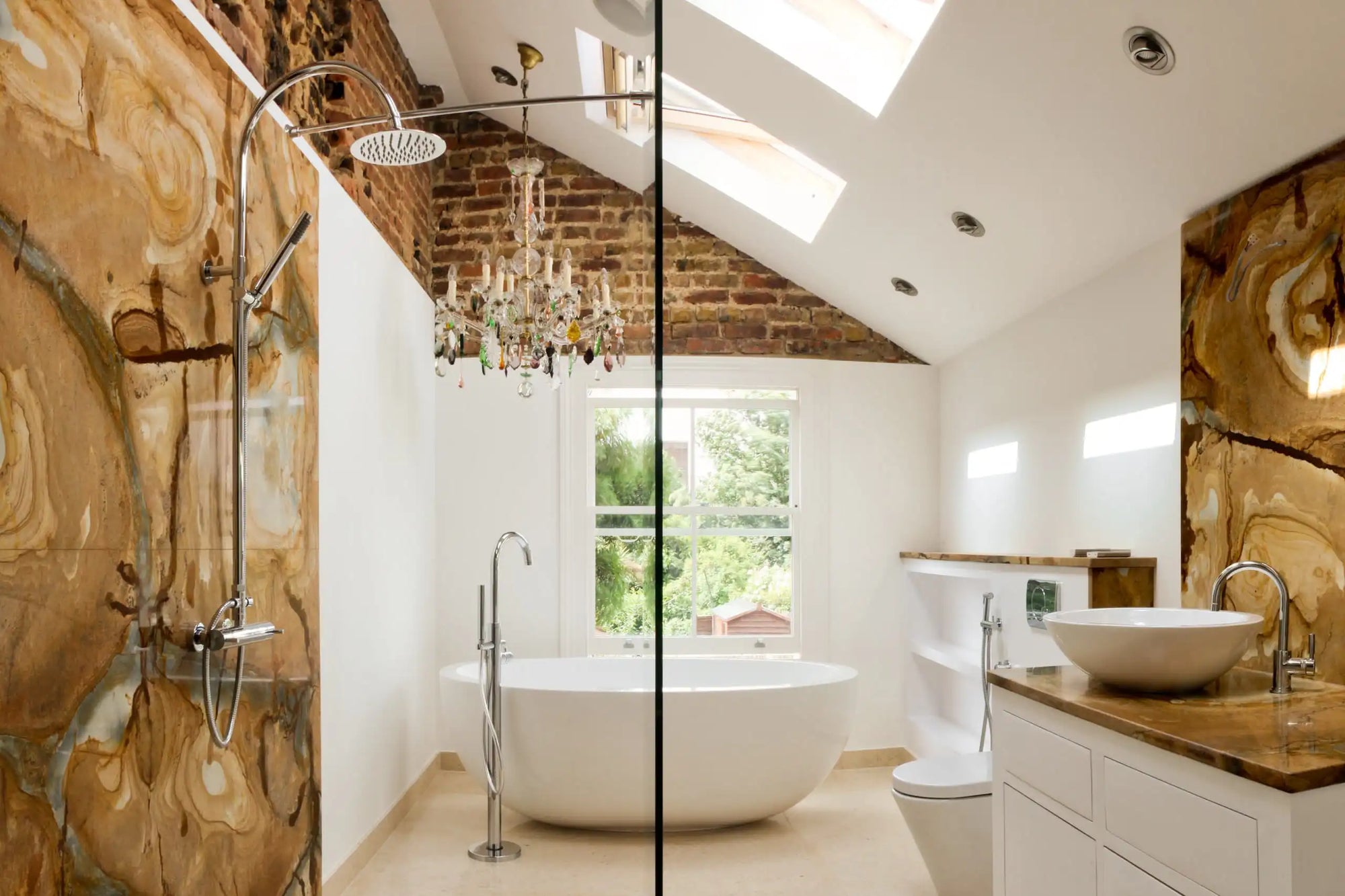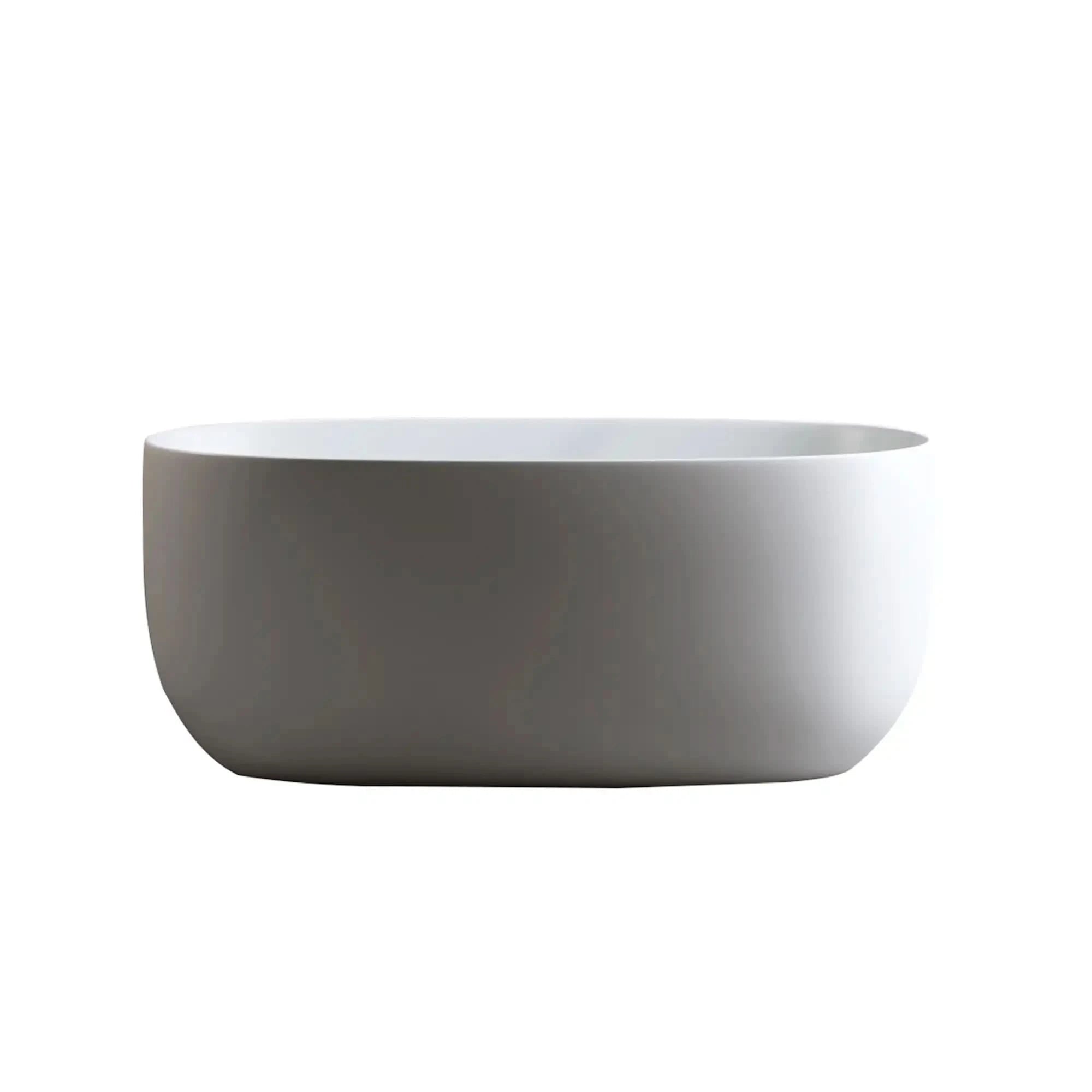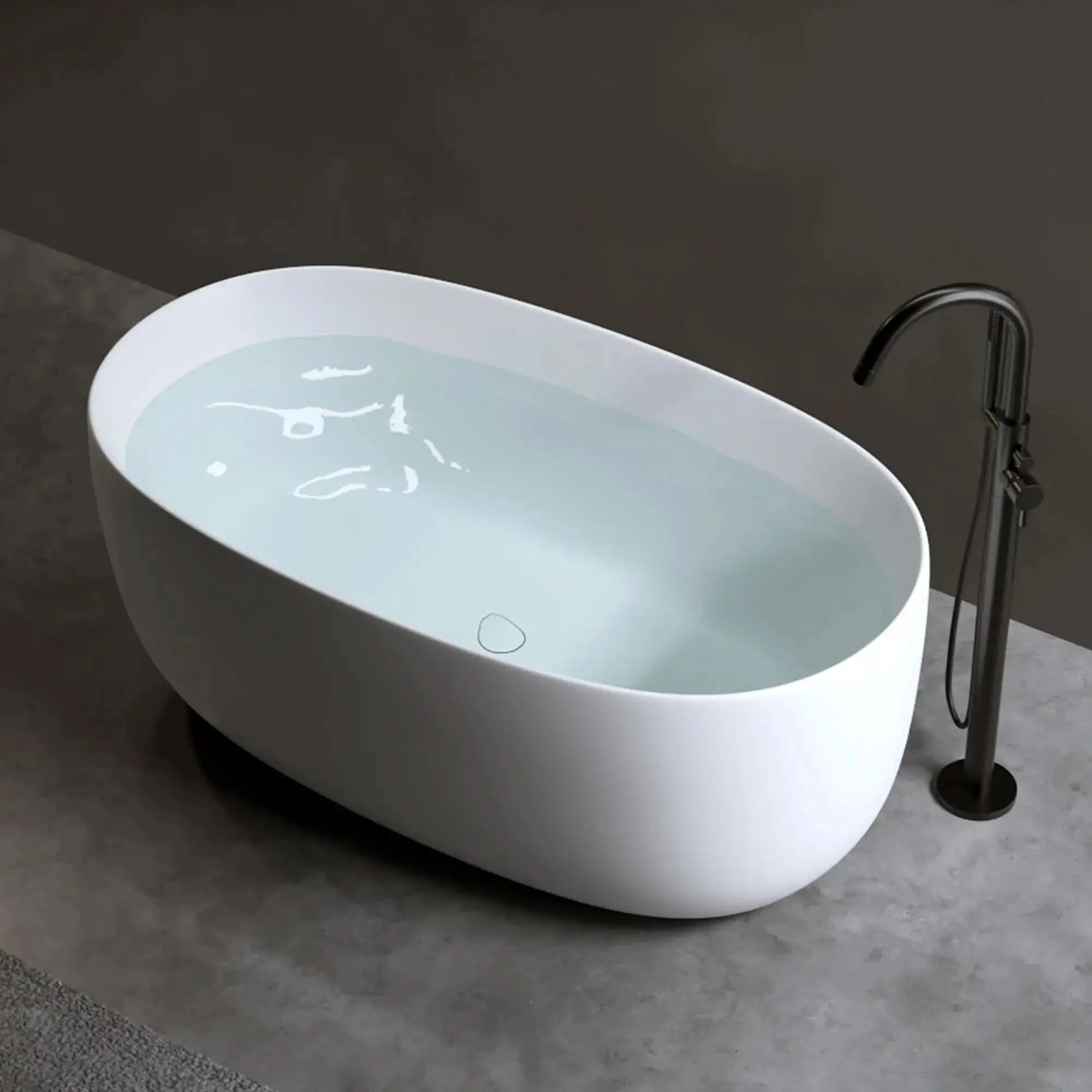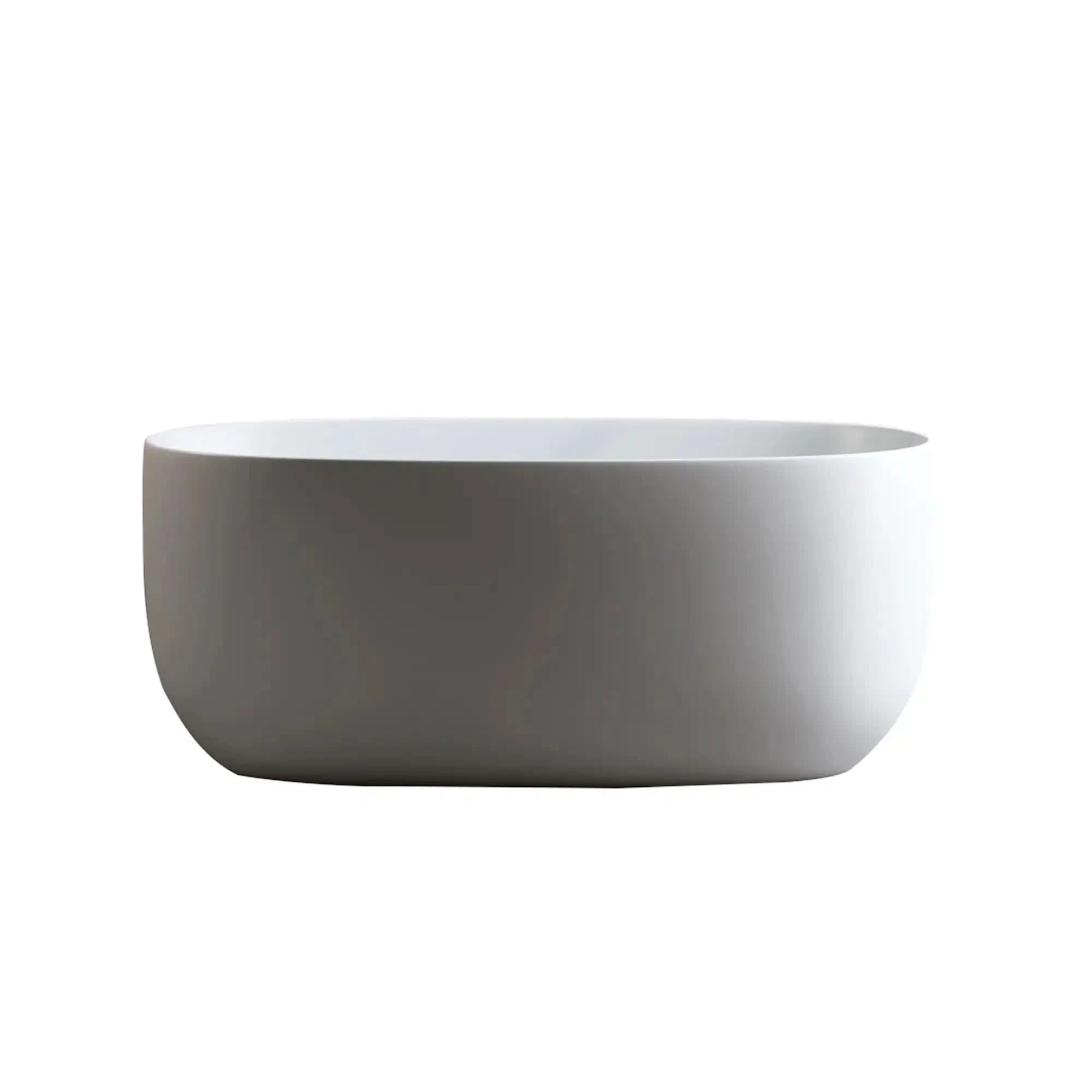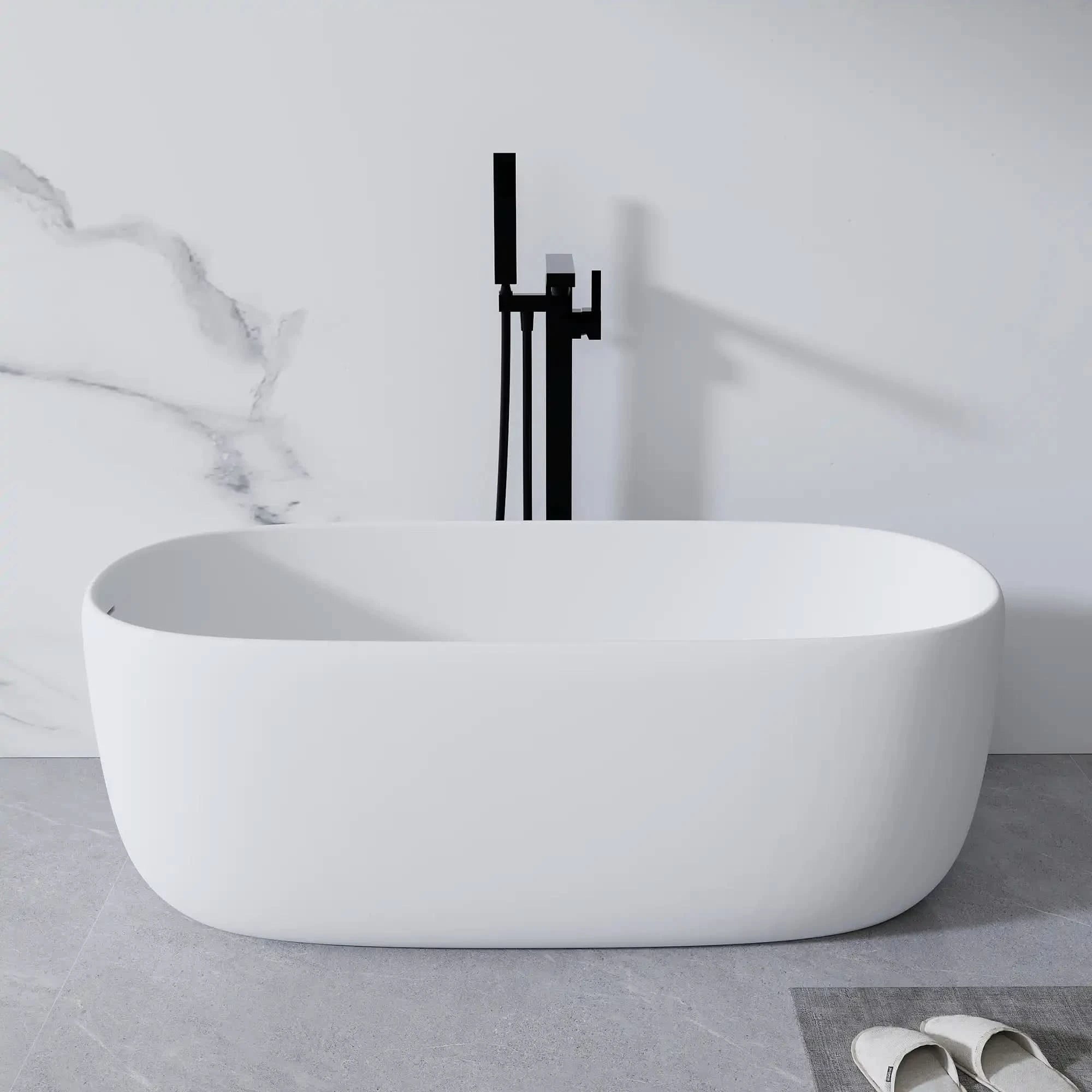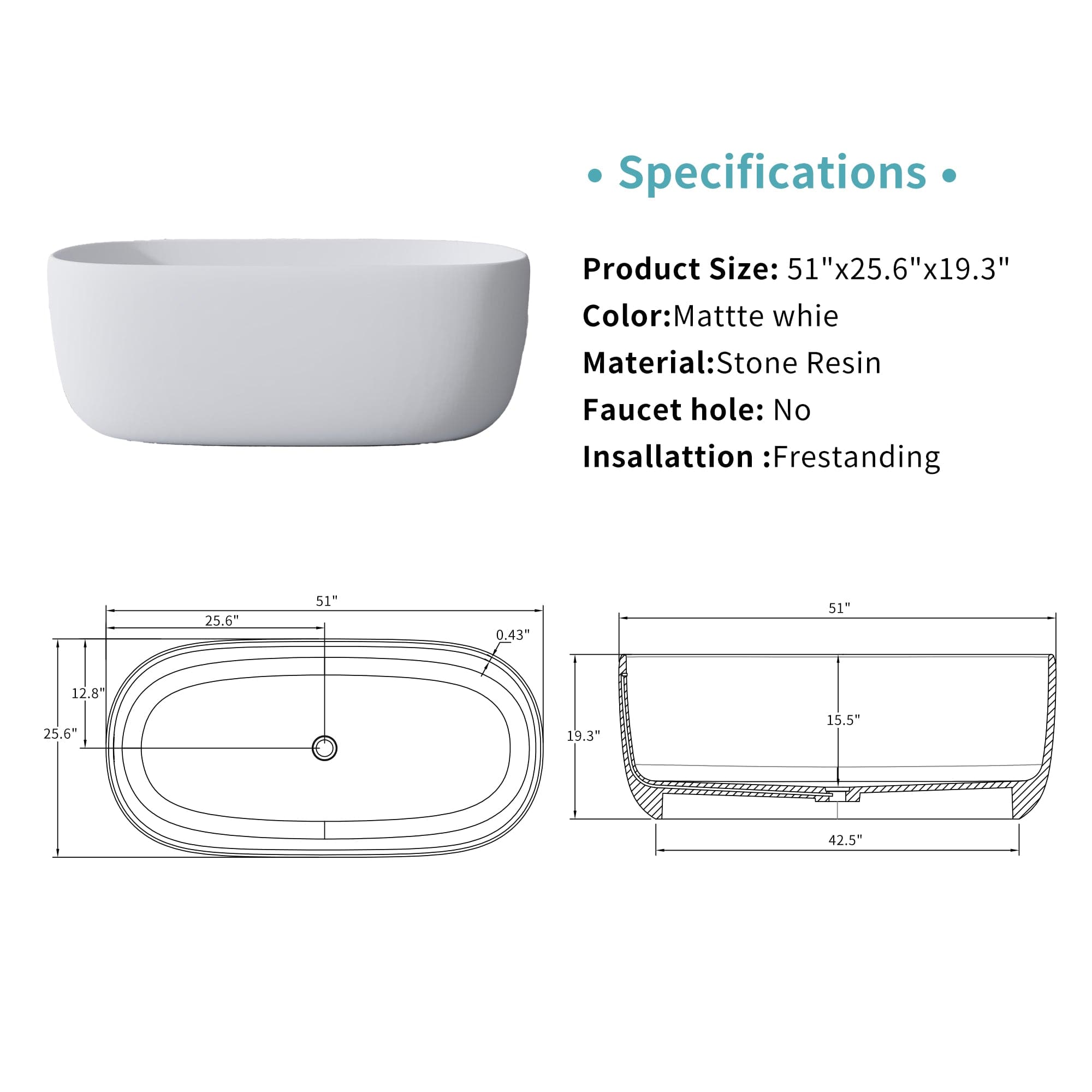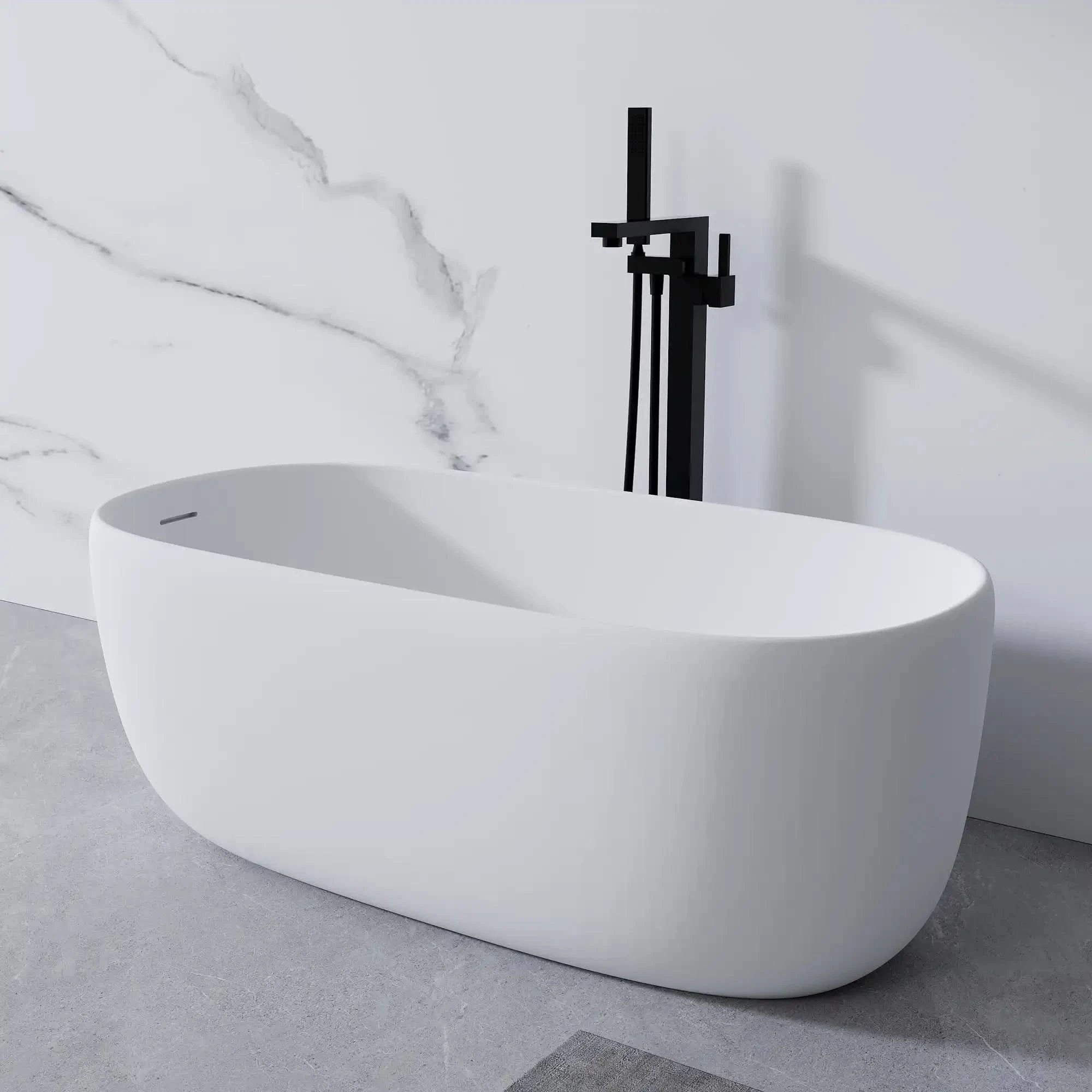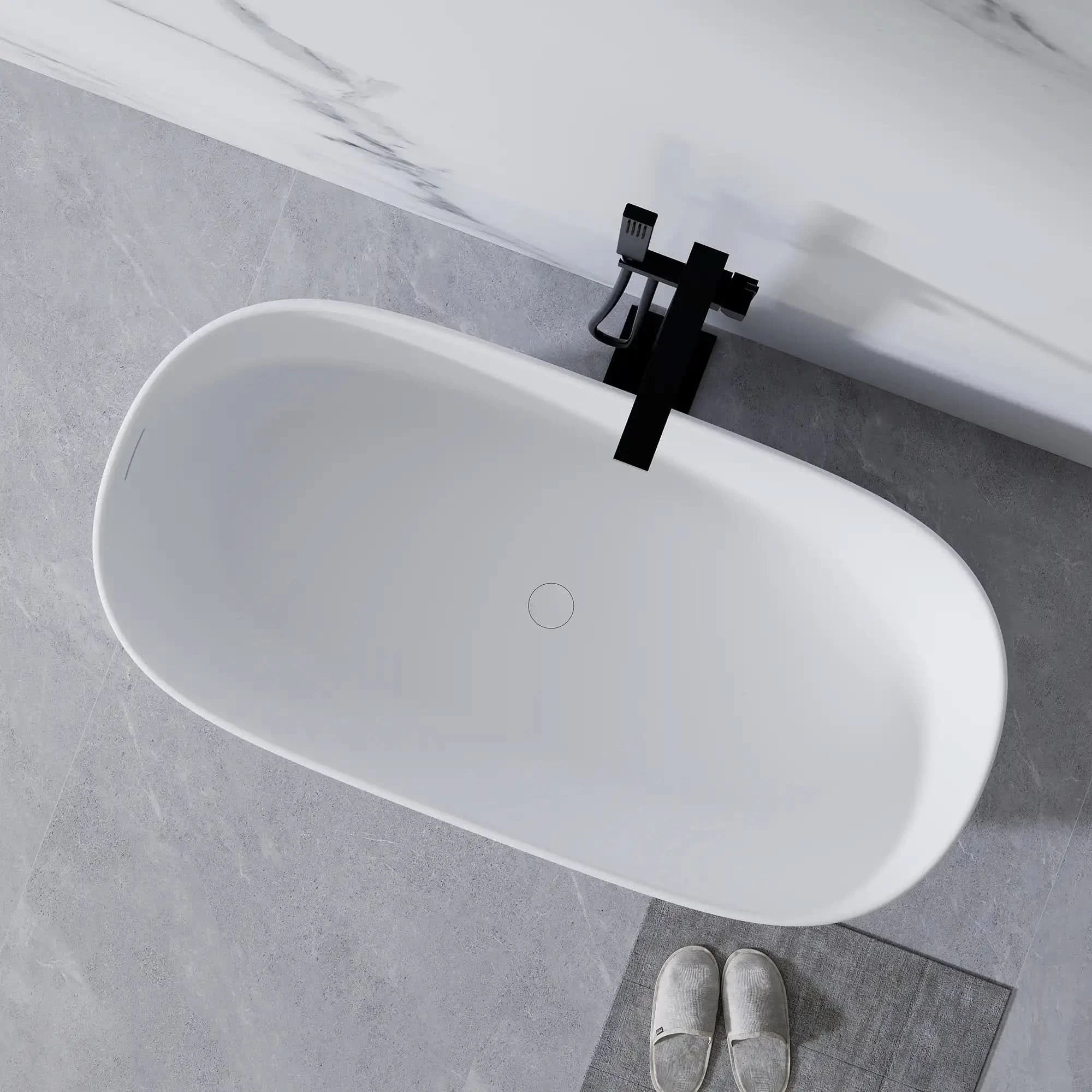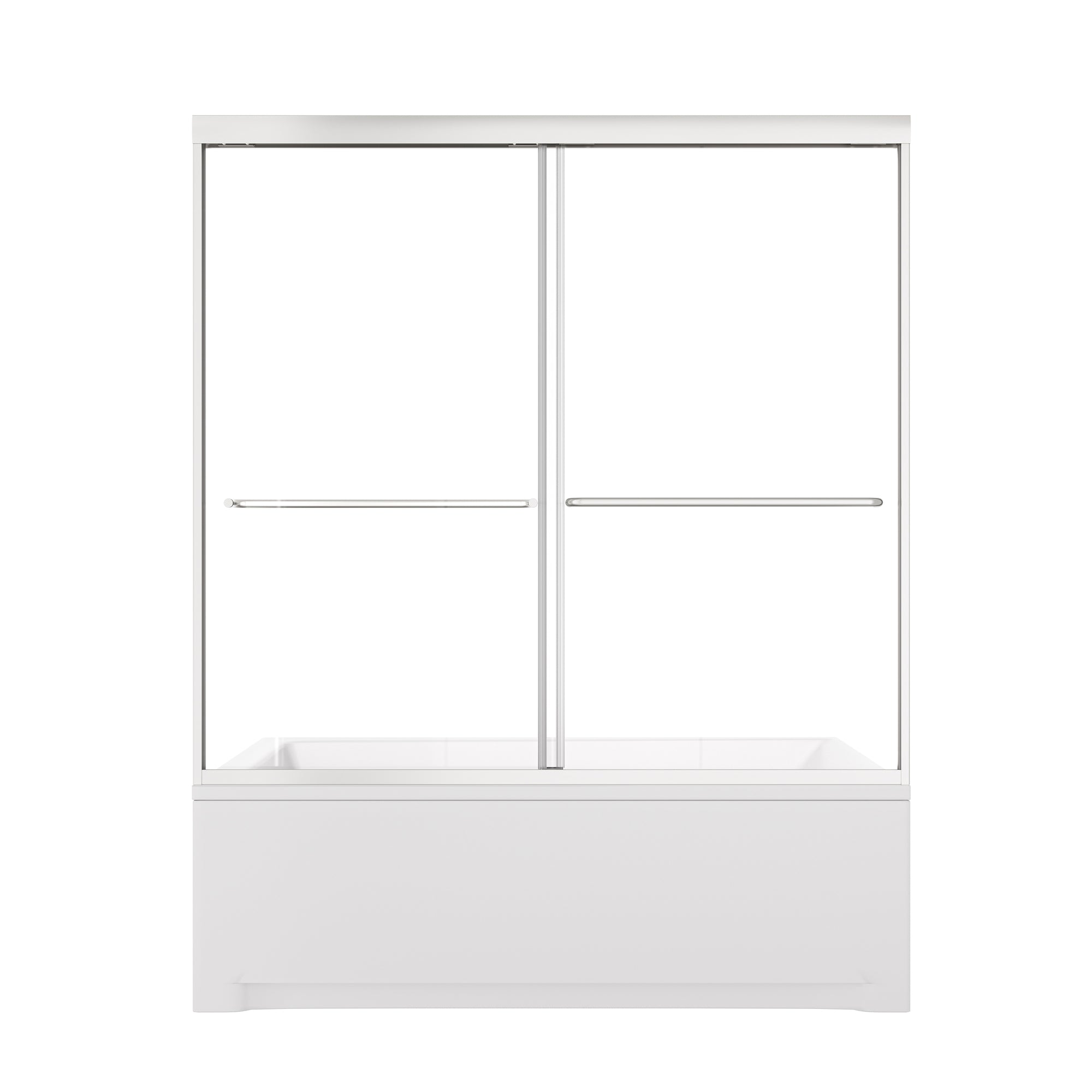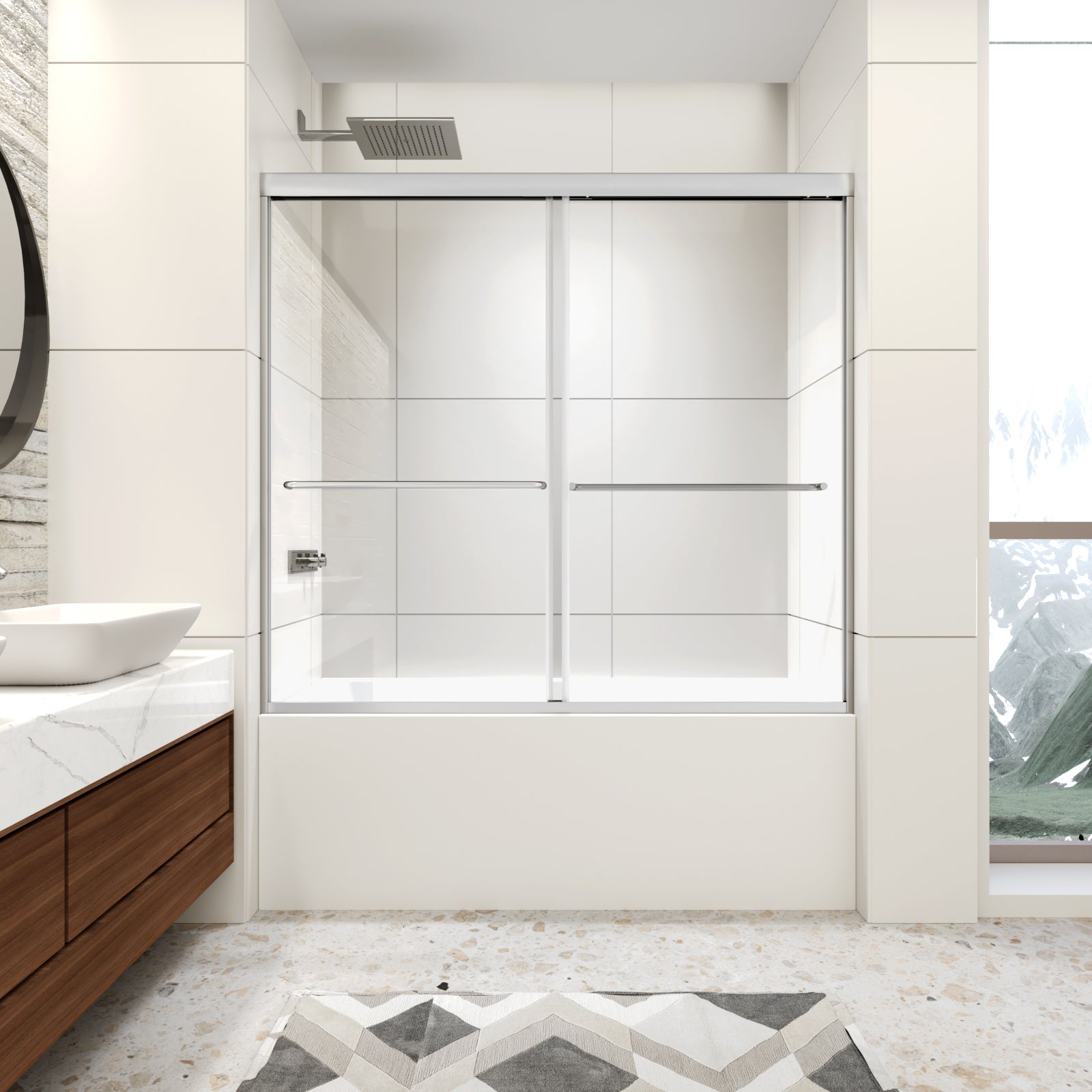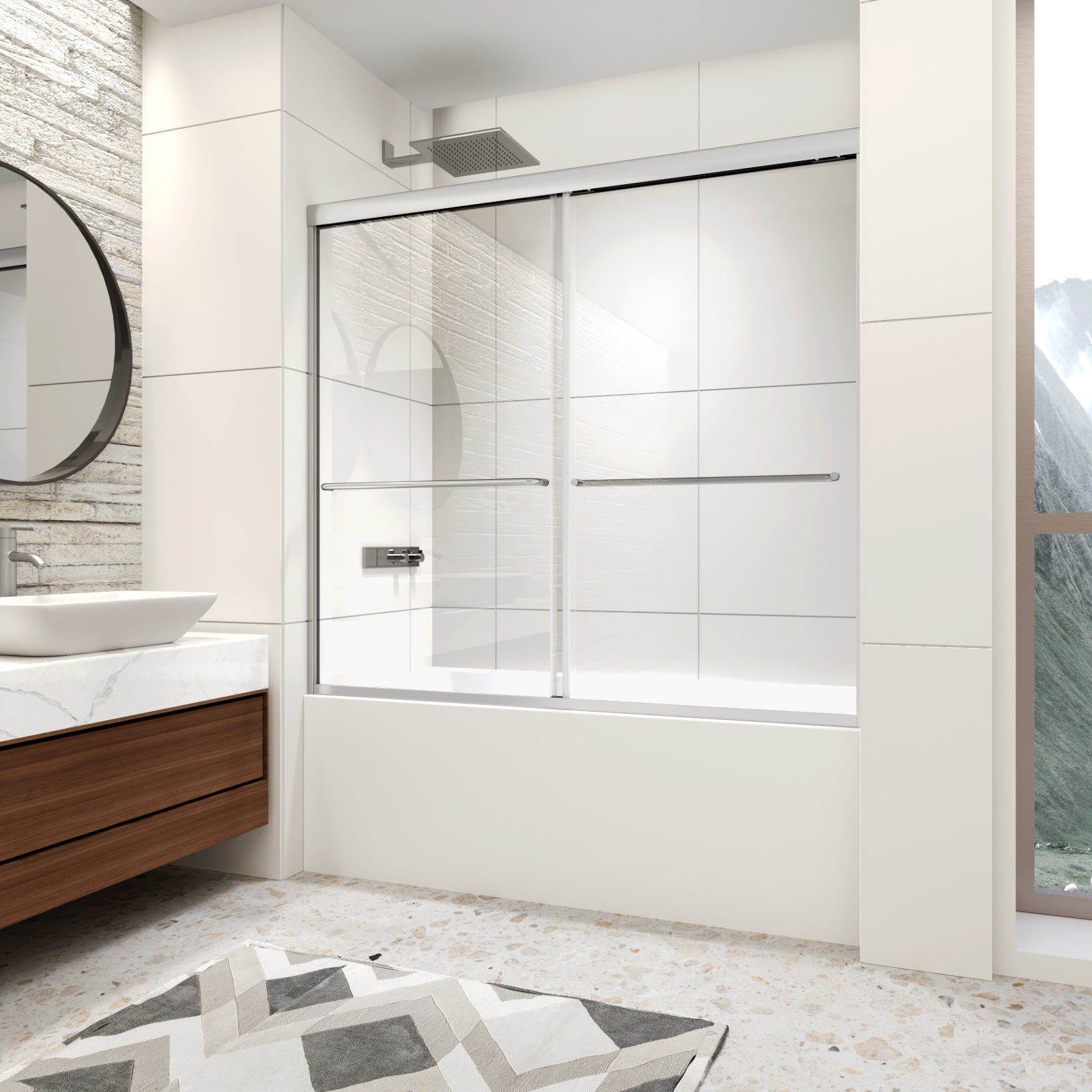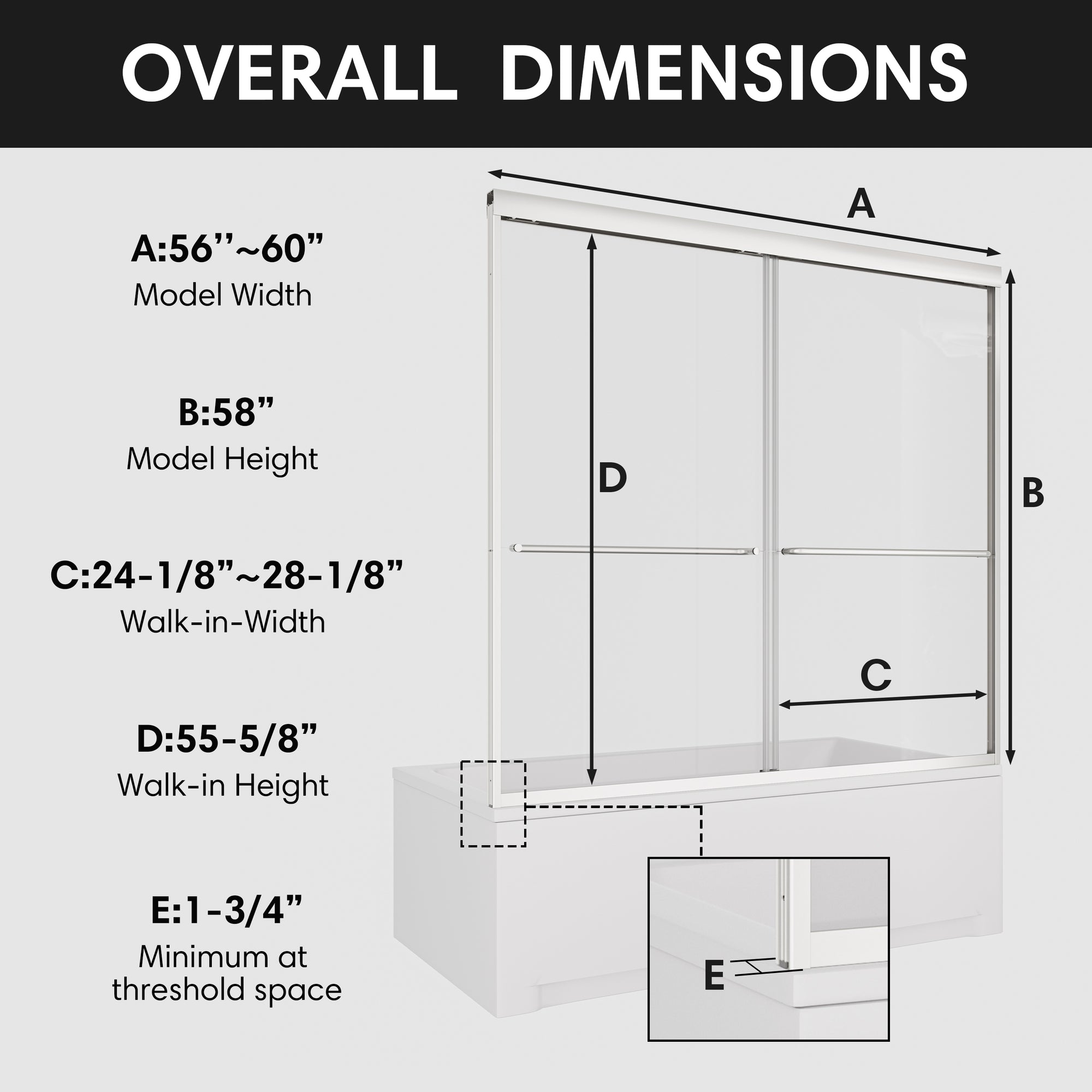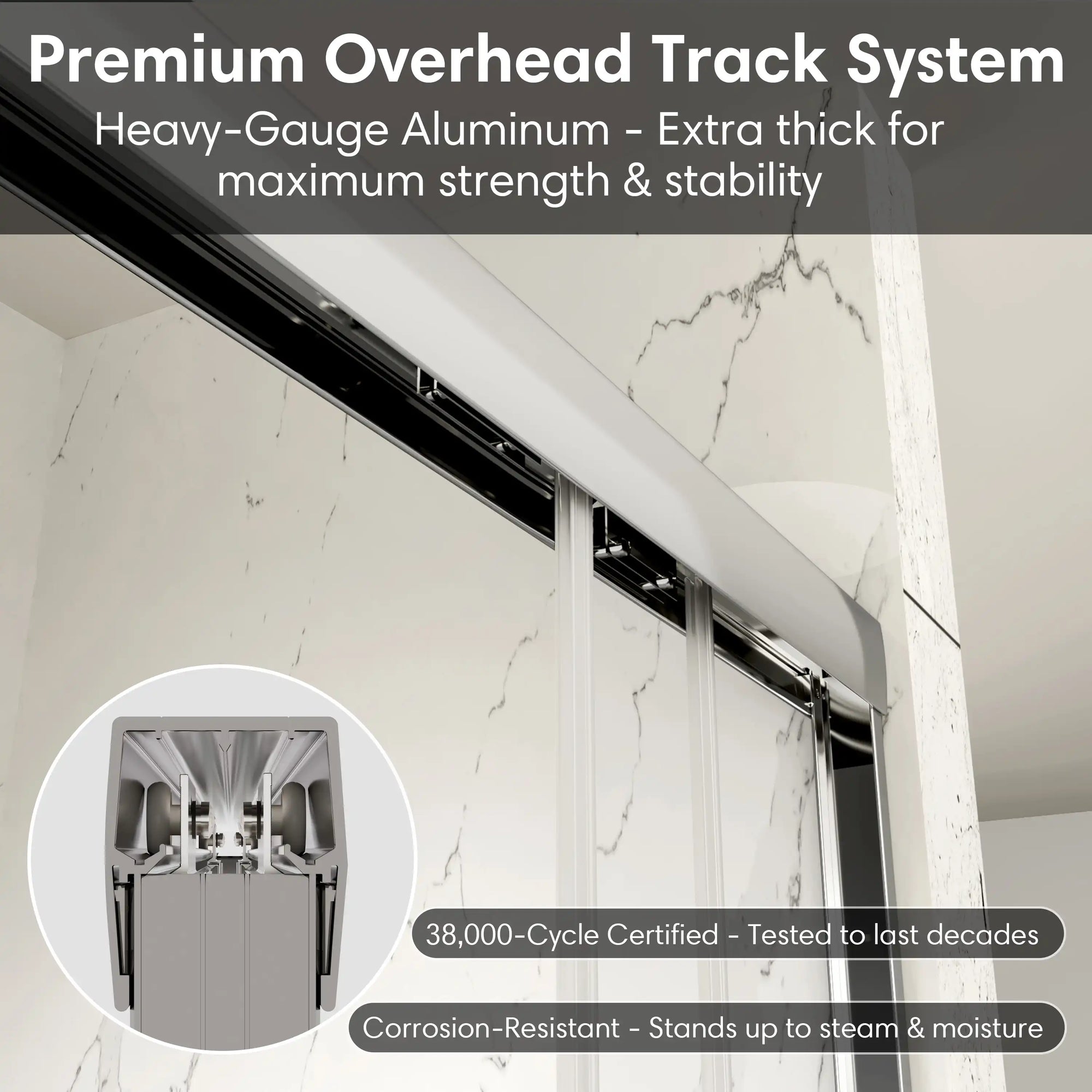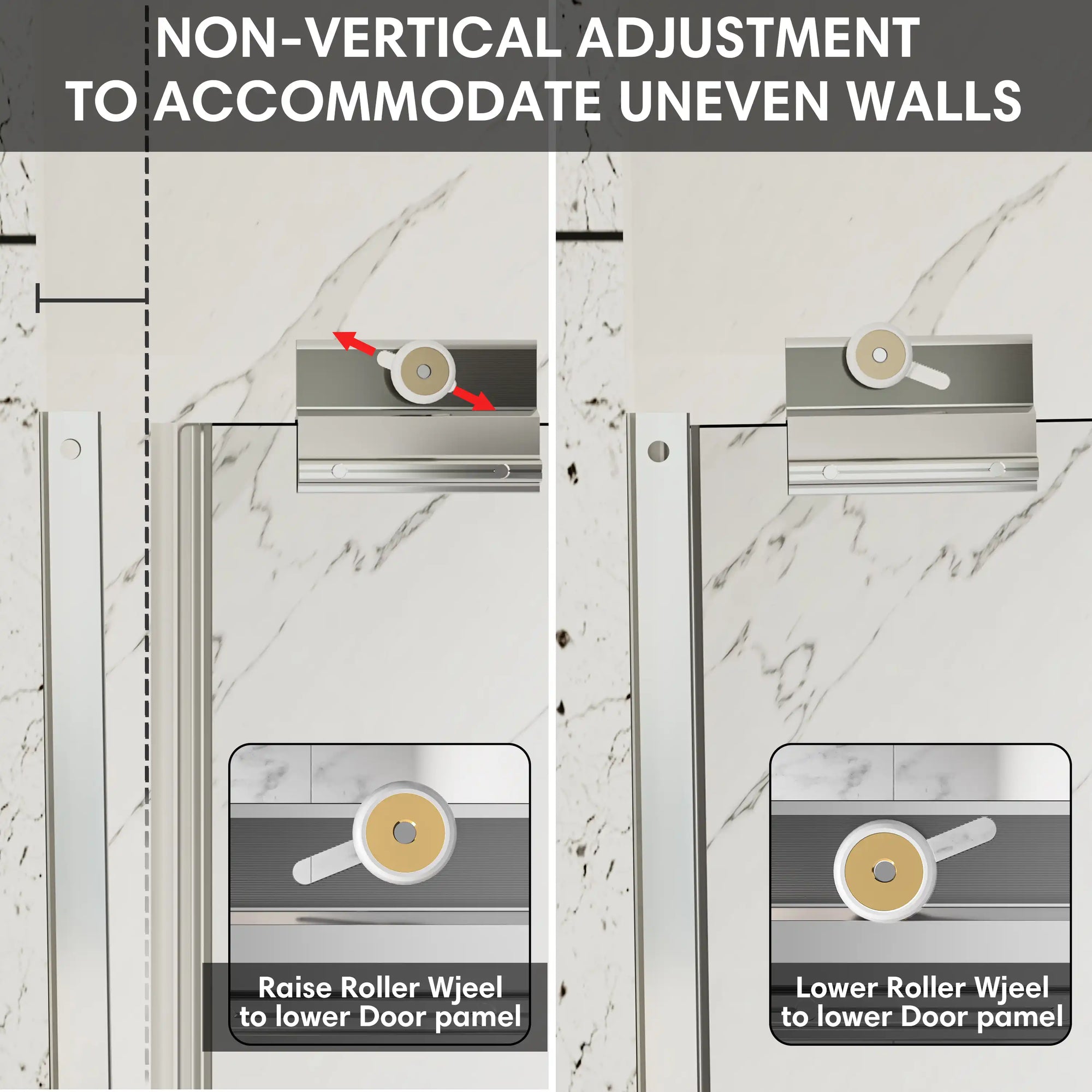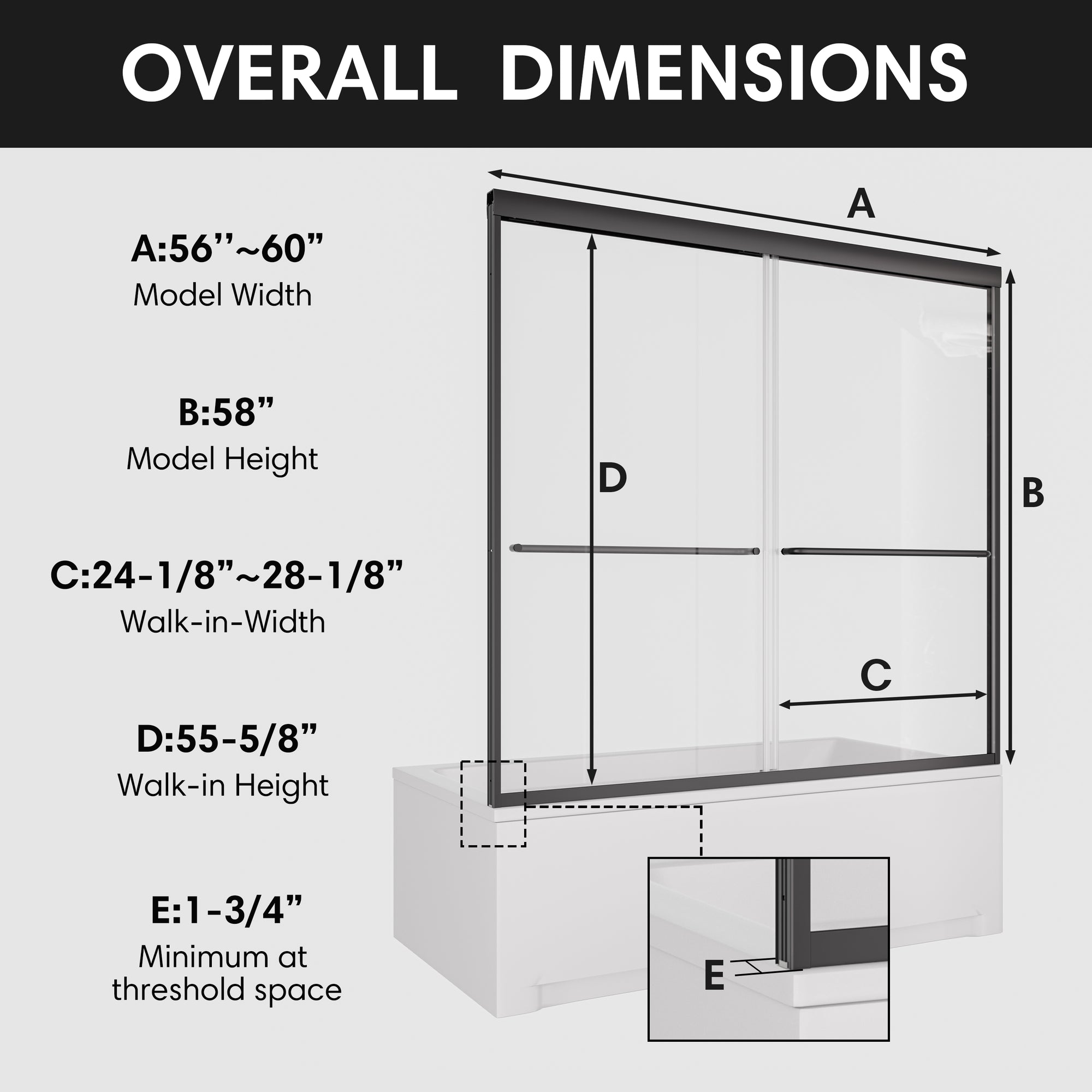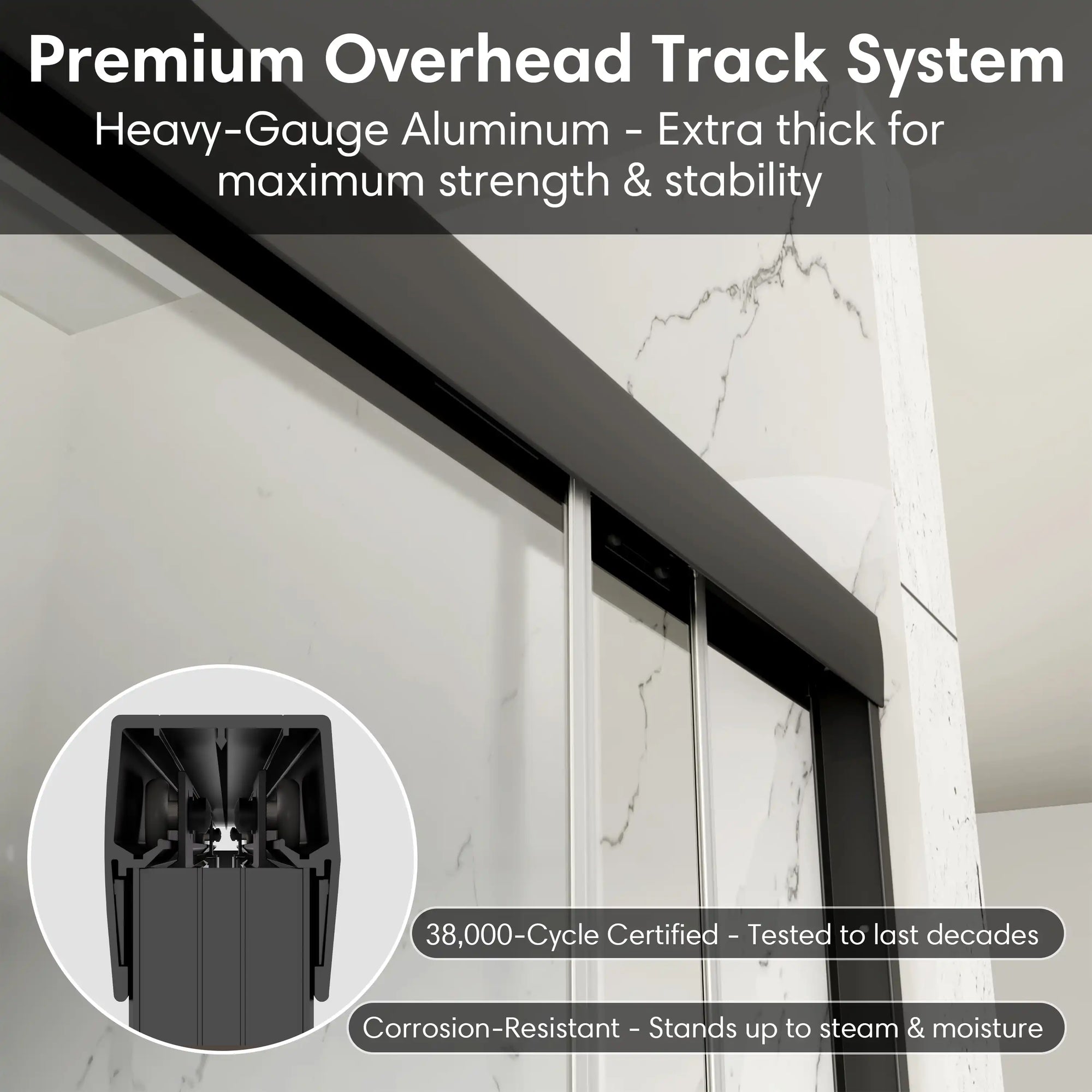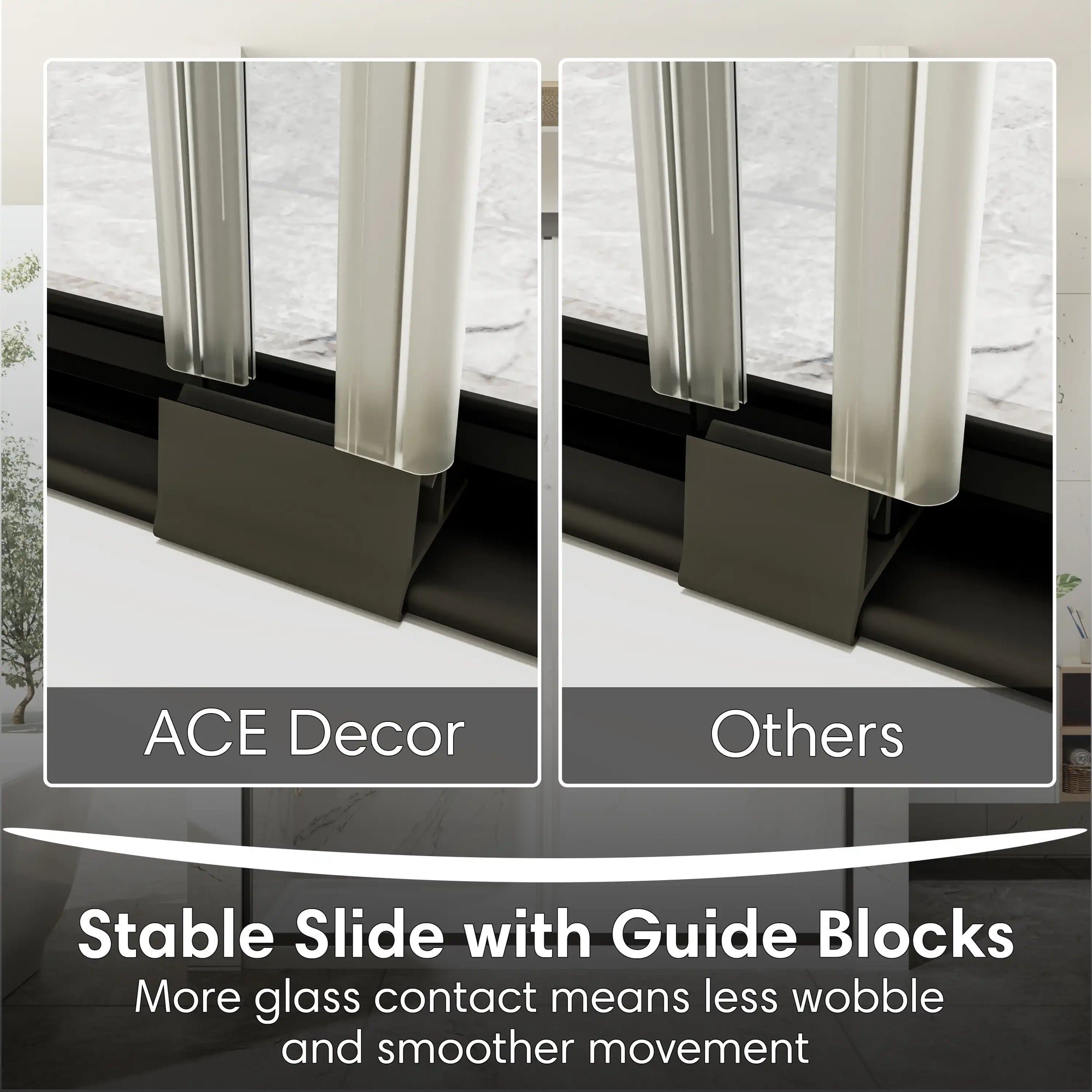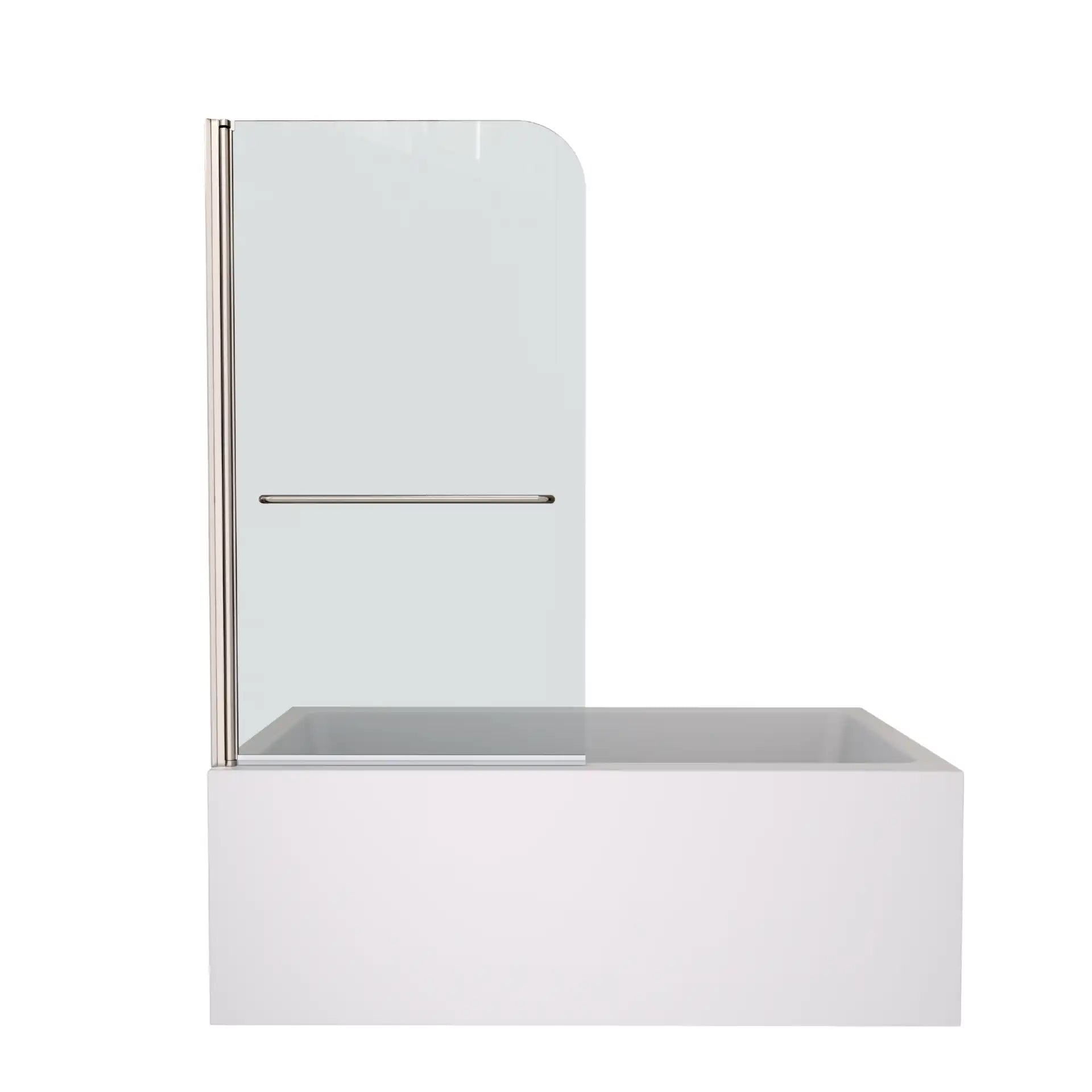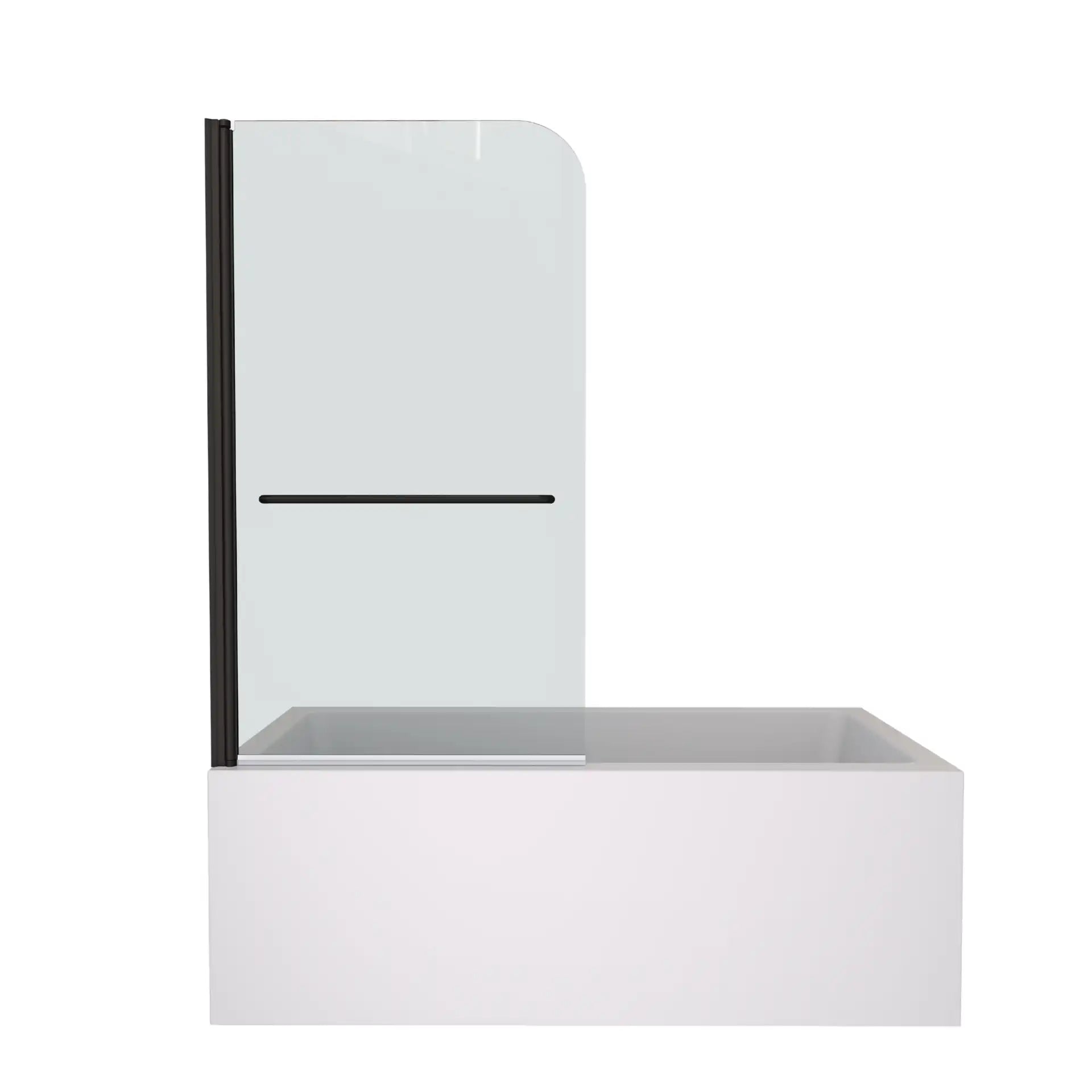Introduction
Many homeowners are often left struggling to decide between two of the most popular types of tubs when looking for the ideal acrylic bathtub or resin bathtub. Both materials have their own unique strengths in terms of durability, heat retention, maintenance, and installation, but which will best fit your family’s lifestyle and budget?
In this ultimate guide, we’ll highlight the notable differences between acrylic and resin bathtubs for your consideration when deciding how to buy the right one and get the balance of short-term outlay and long-term enjoyment. If you choose luxury, practicality, or longevity, you will see in this comparison which bathtub material is the best.
Table of Contents:
- 1. Durability Showdown: Which Material Stands the Test of Time?
- 2. Heat Retention Battle: Which Keeps Your Bath Warmer for Longer?
- 3. Maintenance & Cleaning: Which Bathtub Stays Spotless with Less Effort?
- 4. Installation & Repairability: Which One Fits Your DIY or Professional Setup?
- 5. Cost vs. Value: Is the Cheaper Resin Tub Really a Bargain in the Long Run?
- Final Thoughts: Which Bathtub Wins?
- FAQs: Expert Answers to Common Questions
1. Durability Showdown: Which Material Stands the Test of Time?
Durability may be one of the most important attributes to look for when making an investment in a new tub. After all, no one wants cracks, scratches or fading to interfere with their relaxing soak. Well, how do acrylic bathtubs stack up against resin bathtubs in terms of durability?
Acrylic Bathtubs: Strong Yet Flexible
These tubs are made from vacuum-formed high-gloss acrylic sheets reinforced with fiberglass, which makes them a perfect mix of sturdy and pliable. Their nonporous surface helps them resist stains, mold and mildew, which makes them easier to clean as time goes on. They do not chip easily, but deep scratches can sometimes happen, although most scratches can be buffed out with a polishing kit (quick DIY!).
However, avoid rough cleaning products or cleaning tools that could cause scratch marks on the surface, as repeat use can potentially create minor surface clouding. Extreme heat (the kind that could make someone drop a hot curling iron into the tub) could also lead to minor warping, but this is unusual.
Resin bathtubs: Hard But Brittle
These tubs are made from polyester resin and are more rigid than their acrylic counterparts, making the material quite resistant to dents and pressure marks. Thus their robust build gives them a firm, quality feel, but this hardness somewhat comes at a cost: resin can be fragile when struck with sudden force.
Accidentally dropping a heavy shampoo bottle? If it strikes just the wrong part, you might see a hairline crack — which is so much less likely with acrylic. Resin also tends to show wear more obviously over the years, with micro-scratches dulling the surface if not polished regularly.
Side-by-Side Durability Comparison
| Feature | Acrylic Bathtub | Resin Bathtub |
|---|---|---|
| Impact Resistance | High (flexible, absorbs shocks) | Medium (rigid, can crack) |
| Scratch Resistance | Good (polishable) | Moderate (more visible wear) |
| Chip Resistance | Very high | Medium (edges can chip if hit hard) |
| Heat Resistance | Medium (avoid extreme heat) | High (handles heat better) |
| Maintenance | Easy (non-porous, stain-resistant) | Requires more care (prone to dullness) |
Verdict?
When it comes to durability, however, the flexibility and ease of repair make an acrylic bathtub a winner and better option for an active household where kids—and grown-ups—can take the occasional tumble. If you want a solid, industrial-grade vibe, and can tolerate more upkeep, resin might work — but acrylic is the more dependable option for most residences.
Looking for a tub that will look new for years? Stick with acrylic!
2. Heat Retention Battle: Which Keeps Your Bath Warmer for Longer?
Nothing ruins a relaxing soak quite like seeing steam disappear and water go lukewarm before it should. Heat retention is important when selecting a bathtub—especially if you enjoy long, decadent soaks. The battle between acrylic and resin bathtubs is definitely not all about looks; their material properties are a large part of what determines just how long your bath will be warm.
Acrylic Bathtubs:
Acrylic’s secret weapon? Excellent insulation. Acrylic absorbs heat from the water quickly at a lower density materially than others, providing superb heat retention by preventing rapid heat loss. That means you can stretch out and relax and settle in for a longer, more consistent soak without constantly having to reach for the hot-water tap. Many higher-end acrylic tubs also have reinforced layers that help keep the heat in, making them a spa-like investment for bath lovers.
Resin Bathtubs:
The strength of resin is a thermal trade-off — its density makes it less effective at retaining warmth. Unlike insulating, resin tubs conduct heat out, allowing it to escape to the bathroom air. Although resin baths are sleek and durable, frequent hot water top-ups may be required for those who prefer long soaks. That said, certain high-end resin models have since added thermal barriers or foam-core insulation — so if you’re sold on resin, shop these upgraded models for better heat retention.
Final Verdict?
Acrylic is the clear winner for steamy, marathon baths. Its natural heat-locking property means less time reheating and more time relaxing. But if resin is more your speed, seek insulated designs to prolong warmth (and luxury) in your bathing ritual.

3. Maintenance & Cleaning: Which Bathtub Stays Spotless with Less Effort?
After a relaxing soak, the last thing you want is a stubborn cleaning task left waiting for you. If daily maintenance with ease is your thing, you will see how choosing an acrylic or resin bathtub can impact your everyday use.
Acrylic Bathtubs:
Acrylic’s ultra-smooth, non-porous surface is essentially a built-in barrier to grime. Soap scum, hard-water marks, hair products, are wiped away effortlessly with a damp cloth or some gentle cleanser (no elbow grease required!) A quick buff with a microfiber towel for a streak-free shine and your tub looks showroom fresh. Just a reminder: Leave the steel wool and harsh chemicals behind, too, to keep that high-gloss finish part of the picture for a decade or two.
Resin Bathtubs:
Like their acrylic counterparts, resin tubs are also non-porous, but the denser composition tends to show splatter and soap residue more than the acrylic tubs. Hard water spots may need special cleaners, and deeply set stains may need extra scrubbing power. If you’re going the resin route, choose models with a matte finish — those tend to be less unforgiving with daily watermarks compared to glossy versions.
Final Verdict?
For “clean” families or anyone who would prefer to soak, rather than scrub, acrylic bathtubs reign supreme. And their wipe-and-go surface equals more time to relax and less time on cleaning headaches.

4. Installation & Repairability: Which One Fits Your DIY or Professional Setup?
Whether you’re tackling the renovation solo, or working with professionals, the ease of installation and repairability counts.
Acrylic Bathtubs:
Lighter but also reinforced, these are easier to move around and install — attractive for DIYers. Acrylic can typically be sanded and polished to repair surface-level scratches, although a deep crack might need the help of a professional.
Resin Bathtubs:
Typically heavier and stiffer, resin tubs may require fitting by a pro to avoid cracking. Once they break down, they’re more difficult to fix — usually needing to be replaced in whole, not patched up.
Verdict?
If the ability to install or repair easily is the most important consideration, an acrylic bathtub is the way to go, especially for do-it-yourself projects or homes that might need to be reconfigured in the future.

5. Cost vs. Value: Is the Cheaper Resin Tub Really a Bargain in the Long Run?
Budget is a big factor, but initial savings shouldn’t come at the expense of long-term contentment.
Acrylic Bathtubs:
Costlier in the short term for durability and heat retention benefits over the long haul, they can save you cash in the long run.
Resin Bathtubs:
Typically less expensive at first, but their fragility and faster heat loss might lead to more frequent replacements or higher cleaning costs over time.
Verdict?
An acrylic bathtub will give you the best value for your money in the long-term, making it worth the higher initial price with its lasting performance and reduced need for maintenance (somewhat).

Final Thoughts: Which Bathtub Wins?
When evaluated on all major factors—durability, heat retention, maintenance, installation and long-term value—acrylic comes out on top as the best overall bathtubs. Resin tubs may not sound like a bad financial decision on paper, but they fall short in terms of durability and comfort, losing out in the long run.
An acrylic bathtub does not only add a touch of elegance to your daily bath, but with consistent care, they will last for years to come with minimal fuss. If you’re looking for a long-lasting, easy-to-care-for and luxurious soaking experience, you can’t go wrong with acrylic.
FAQs: Expert Answers to Common Questions
1. Can I repair scratches on an acrylic bathtub myself?
Yes! Minor scratches can be buffed out with a specialized acrylic polishing kit. Deep cracks may require professional repair.
2. Is a resin bathtub more eco-friendly?
Resin can be durable, but its brittleness often leads to earlier replacement, increasing waste. Acrylic lasts longer, reducing environmental impact over time.
3. Which bathtub feels softer underfoot?
Acrylic is slightly more forgiving on bare skin, while resin feels harder and less comfortable during long soaks.
4. Do acrylic bathtubs discolor over time?
High-quality acrylic resists yellowing, but prolonged exposure to harsh chemicals or direct sunlight may cause slight fading.
5. How does weight affect installation?
Resin tubs are heavier, requiring reinforced flooring and professional installation. Acrylic’s lighter weight makes DIY setups more manageable.
Related Articles
What Are Bathtubs Made Of And Which Material Is Best For You?
What Is The Best Bathtub Material? A Complete Guide For Homeowners
How To Pick The Perfect Stone Resin Bathtub: Your Ultimate Guide To Everyday Luxury


